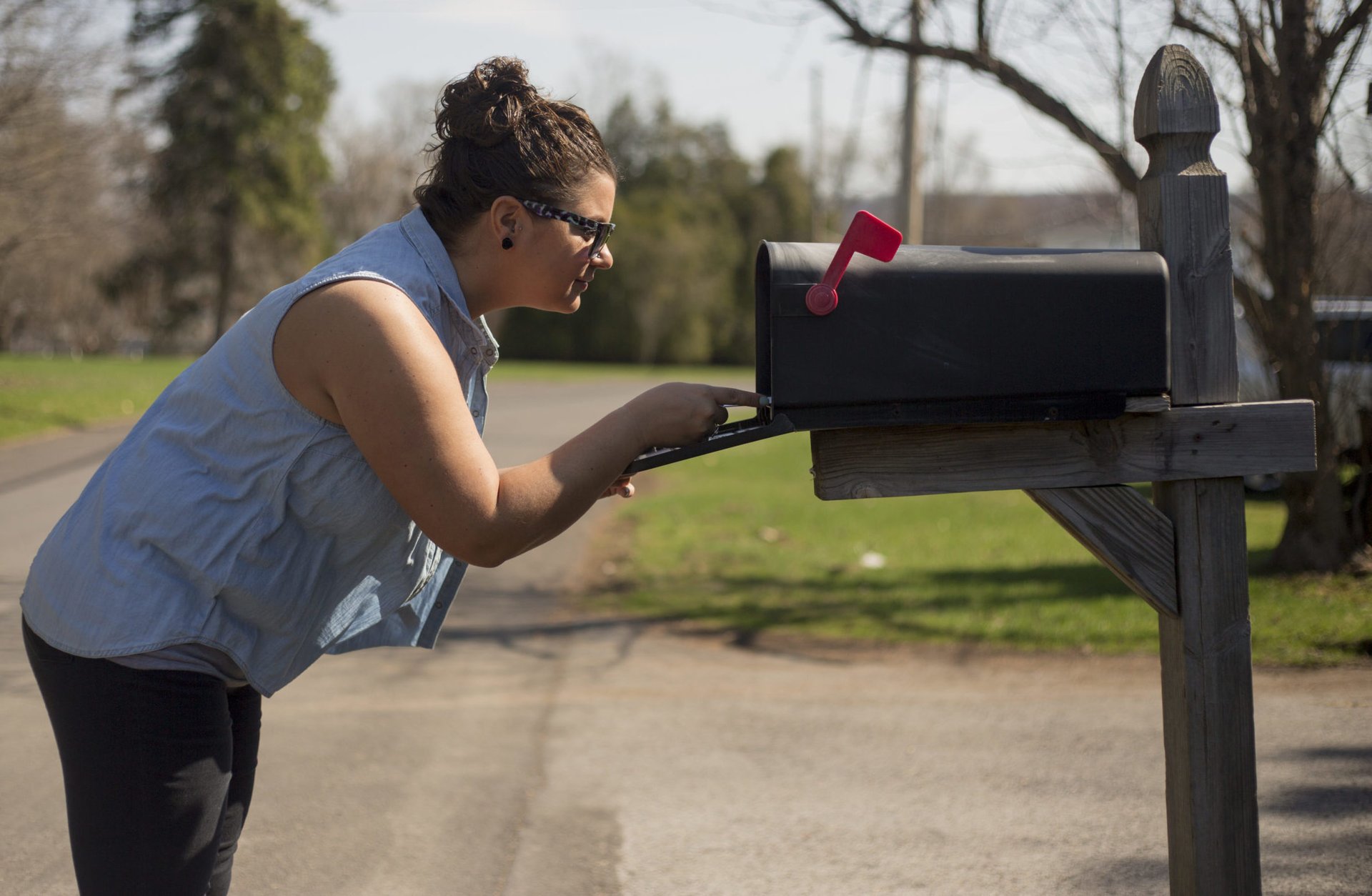If you’ve already qualified for Social Security Disability Insurance (SSDI), you can earn up to $1,050 a month without triggering the income programs that could affect your benefits. If you’re still applying for benefits, you generally won’t qualify for disability if you make more than $1,470 a month ($2,460 if you’re blind).
The Social Security Administration (SSA) has several work incentive programs to help disability recipients continue working. These include a trial work period (TWP), where there’s no earnings limit for nine months, an extended period of eligibility (EPE), which allows you to earn under the SSA’s limit for 36 additional months, and a Ticket to Work program, which offers free employment services.
Here are the rules for SSDI and how to work part time without losing your disability benefits.
Rules for receiving disability benefits
-
You can still work part time and receive SSDI benefits if you don’t meet the SSA’s requirements for “gainful” employment, according to Aleyda Toruno, a Work Incentives Planning and Assistance (WIPA) coordinator with Disability Rights California.
-
The SSA uses earnings guidelines called substantial gainful activity (SGA) to determine whether someone’s disability qualifies them as needing additional benefits.
-
The SGA for 2023 is $1,470 per month ($2,460 if you’re blind), meaning that if you earn more than that, you likely won’t qualify for benefits.
-
“The rules for part-time work or return to work differ for a person who is still attempting to prove disability versus a person who has already been deemed disabled under Social Security’s programs,” says Jennifer Cronenberg, senior counsel and director of legal information at the National Organization of Social Security Claimants’ Representatives (NOSSCR).
-
“Anyone who is already receiving SSDI benefits who returns to any type of work should report their earnings to SSA immediately,” Cronenberg says. This is to avoid overpayment; they should also report a decrease or cease in work to avoid underpayment.
The SSA has three programs called work incentives to support disability recipients in returning to work. These can be “pathways for disability benefits recipients to test their ability to return to work without immediately losing their benefits,” Cronenberg says.
Trial work period
A trial work period allows a disabled person to test their ability to earn an income on their own for a set amount of time.
-
You’ll trigger a TWP automatically if you start earning over $1,050 per month while already receiving SSDI.
-
A TWP allows you nine months, not necessarily consecutive, in a rolling 60-month period in which you can earn any amount of money and still receive your full SSDI benefits.
-
You must still meet the definition of a disability and report your earnings to the SSA to qualify for a TWP.
-
“Earning well above SGA during a TWP could trigger a continuing disability review (CDR) with SSA, whereby they may determine that you’re no longer disabled and terminate your benefits,” Cronenberg says.
Extended period of eligibility
When the nine months of a TWP end, an extended period of eligibility gives you 36 more months to continue working and collecting SSDI.
-
Your income must stay below the SGA limit for the year ($1,470 for 2023, $2,460 if you’re blind) during an EPE.
-
Your benefits will be suspended if you earn above SGA during the 36-month period, but they can be reinstated if your earnings dip below SGA again.
-
If you earn above SGA but have other work incentives that apply, you can continue receiving benefits, Toruno says. For example, any work expenses that a person incurs because of their disability — such as transportation to and from work or specialized work equipment — are deducted from their earnings.
Ticket to Work program
The SSA’s Ticket to Work program connects SSDI recipients with free employment services such as career counseling and job placement to help them return to work.
-
Ticket to Work provides services instead of placing earnings limits. It’s “something that a person who is receiving SSDI can participate in if they would like help returning to the workforce, with the goal of reducing their need for SSDI,” Cronenberg says.
-
The SSA won’t conduct a CDR (and potentially suspend your benefits) while you’re participating in Ticket to Work.
-
Anyone receiving SSDI and interested in working qualifies as long as they are still disabled.
What is a work incentive?
Does SSI offer the same work incentives as SSDI?
What happens if I lose my job while I’m on a trial work period?
Will I lose my Medicare coverage if I lose SSDI benefits?








































